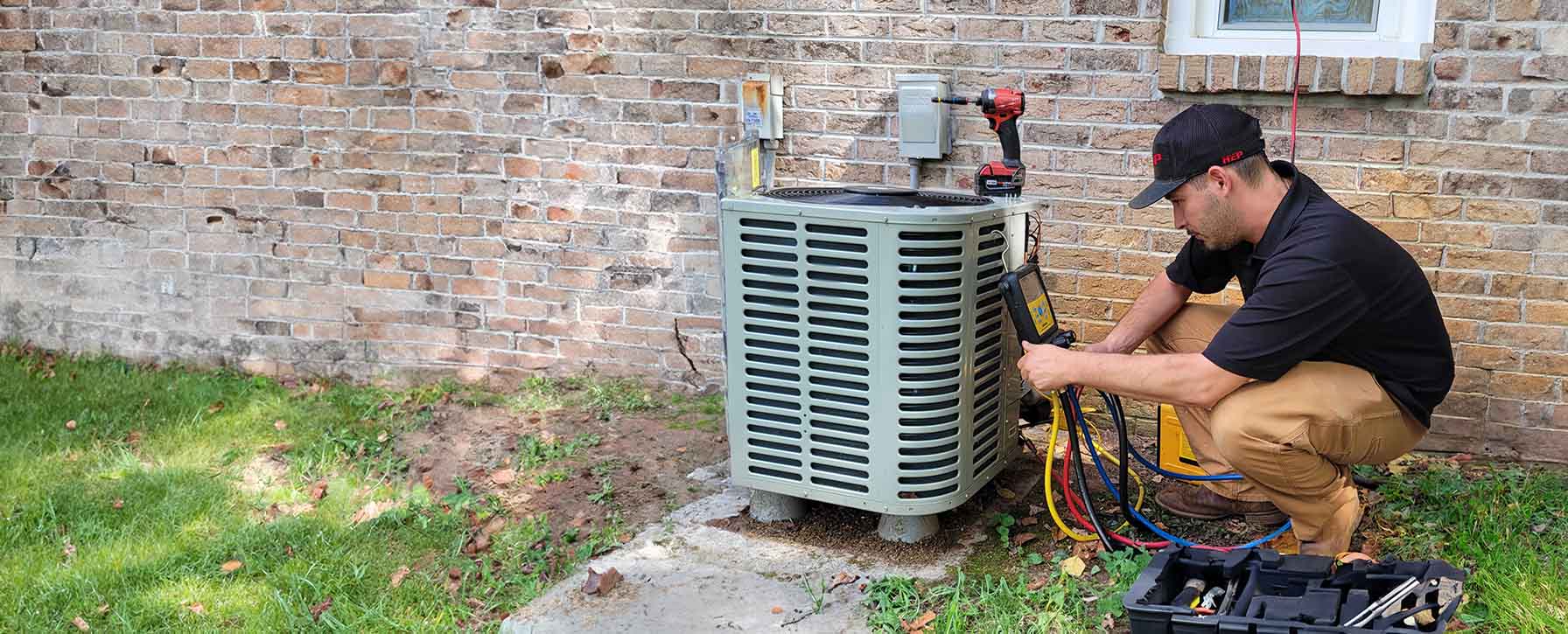

System Performance
Your trusted partner for professional home services. Quality workmanship, guaranteed satisfaction.




- HEP
- System Performance
System Performance | Duct Cleaning | Heating and Air Conditioning | Harriman
Breathe easier in your Harriman home with HEP’s expert duct cleaning service, designed to restore the efficiency of your entire heating and air conditioning system. Over time, dust, pet dander, and pollen settle deep inside your ductwork, forcing your HVAC equipment to work harder and circulating irritants through every room. Our certified technicians use advanced, high-powered vacuums and negative-pressure containment to remove the buildup you can’t see, boosting airflow, lowering energy bills, and giving your family noticeably fresher indoor air.
From the initial inspection to the final walkthrough, we treat your property with the care it deserves—laying protective covers, sealing off registers, and sanitizing as we go. HEP’s local team understands Harriman’s unique climate challenges, so we tailor each duct cleaning visit to ensure optimal system performance all year round. Ready to reclaim comfort and peace of mind? Schedule today and discover why neighbors across Roane County trust HEP to keep their homes healthy.
FAQs
Why is professional duct cleaning important for my HVAC system’s performance?
Dust, pollen, pet dander, and other debris settle inside ductwork over time, restricting airflow and forcing your heating and cooling equipment to work harder. Professional cleaning removes these blockages, restoring proper circulation, reducing system strain, and helping your furnace or air-conditioner reach set temperatures faster. In Harriman, where temperature swings can be significant, clean ducts also mean less wear on the blower motor and more consistent indoor comfort year-round.
How often should Harriman homeowners schedule duct cleaning?
For most residences in Harriman we recommend duct cleaning every 3–5 years. Homes with shedding pets, recent renovations, smokers, or allergy sufferers may benefit from service every 2–3 years. Because our region sees humid summers, mold can develop more quickly in neglected ducts, making a shorter cleaning cycle advisable in basements or crawl-space homes.
What warning signs tell me my air ducts need to be cleaned?
Common indicators include: excessive dust accumulation on vents or furniture within days of cleaning; rooms that feel stuffy or have weak airflow; musty or burnt odors when the HVAC system starts; increased allergy or asthma symptoms indoors; and visible debris or mold on supply or return grilles. If you notice any of these, an inspection can confirm whether duct cleaning is necessary.
What does your duct cleaning process involve and how long will it take?
Our NADCA-certified technicians begin with a camera inspection to document conditions. We protect floors and furnishings, then connect a powerful HEPA-filtered vacuum to create negative pressure. Agitation tools—rotary brushes, whips, and air sweeps—dislodge buildup, which is captured by the vacuum. We sanitize with an EPA-approved antimicrobial mist and replace the furnace filter. A typical Harriman home (10–15 supply vents) takes 2–4 hours; larger or heavily contaminated systems may require additional time.
Can duct cleaning really lower my energy bills?
Yes. The U.S. Department of Energy estimates that 25–40 % of heating and cooling energy is wasted in dirty or poorly maintained systems. By clearing obstructions, duct cleaning improves airflow, allowing the blower to move conditioned air with less power. Many customers in Harriman report 5-15 % reductions in monthly utility costs following a complete cleaning, especially when combined with regular filter changes and annual HVAC tune-ups.
Is duct cleaning safe for my family, pets, and HVAC equipment?
Absolutely. Our equipment is designed to seal dust inside the vacuum, preventing re-contamination of indoor air. We use hospital-grade HEPA filters and, when requested, eco-friendly disinfectants that leave no harmful residue. All access holes are resealed to factory specs, and our methods comply with NADCA and EPA recommendations, ensuring no damage to duct surfaces, HVAC coils, or sensitive electronics. Pets can remain in the home, although we suggest keeping them in a separate room for their comfort.